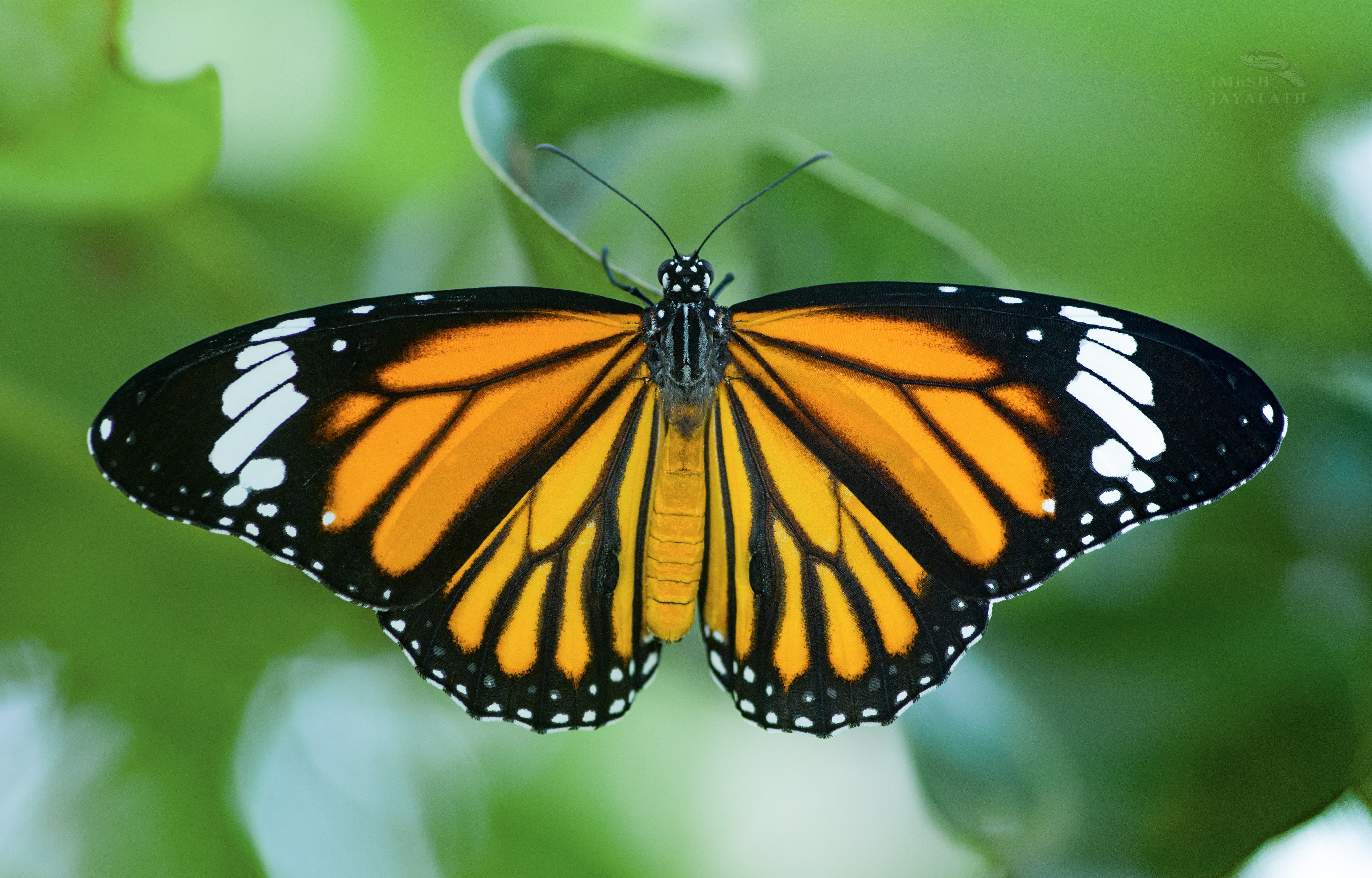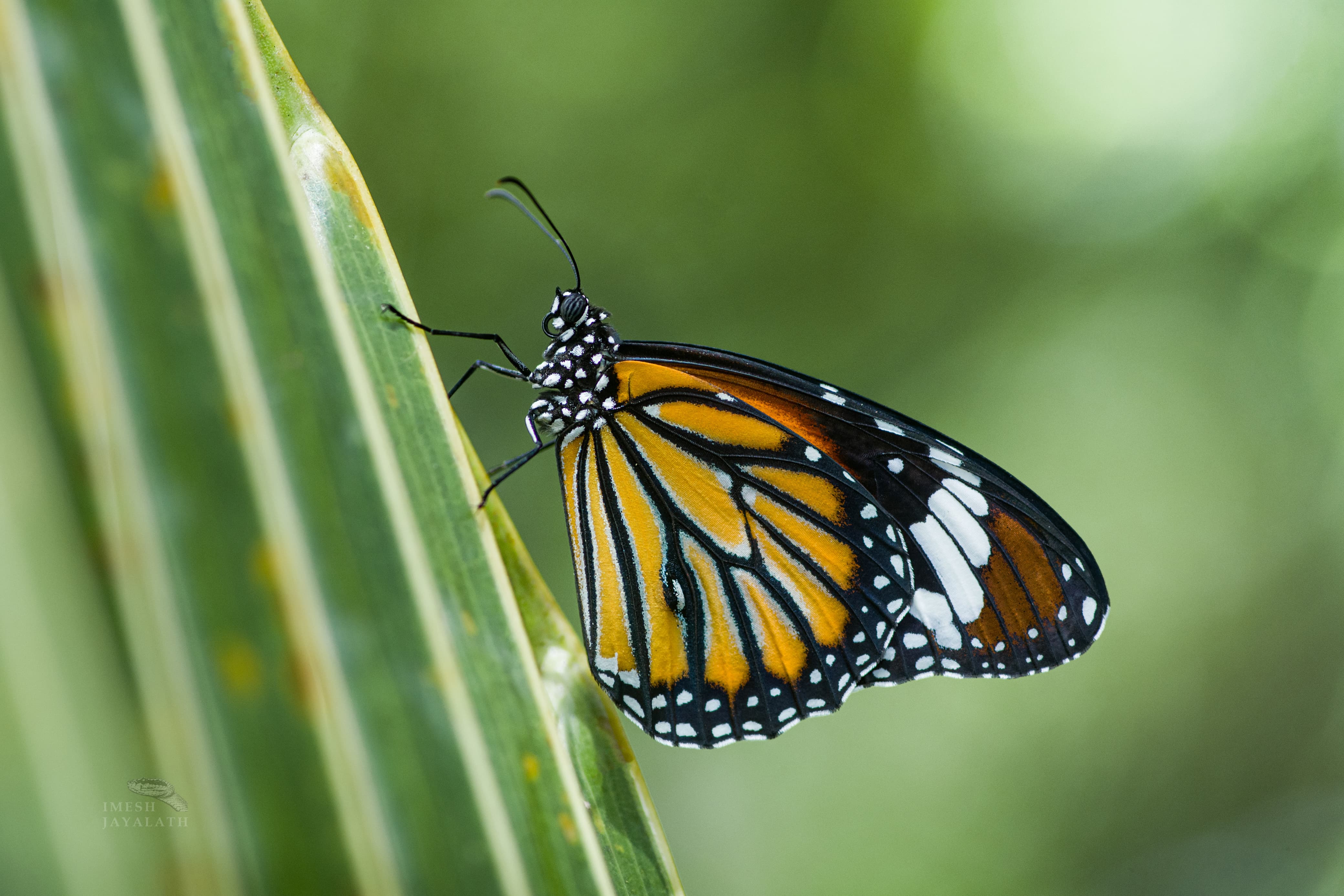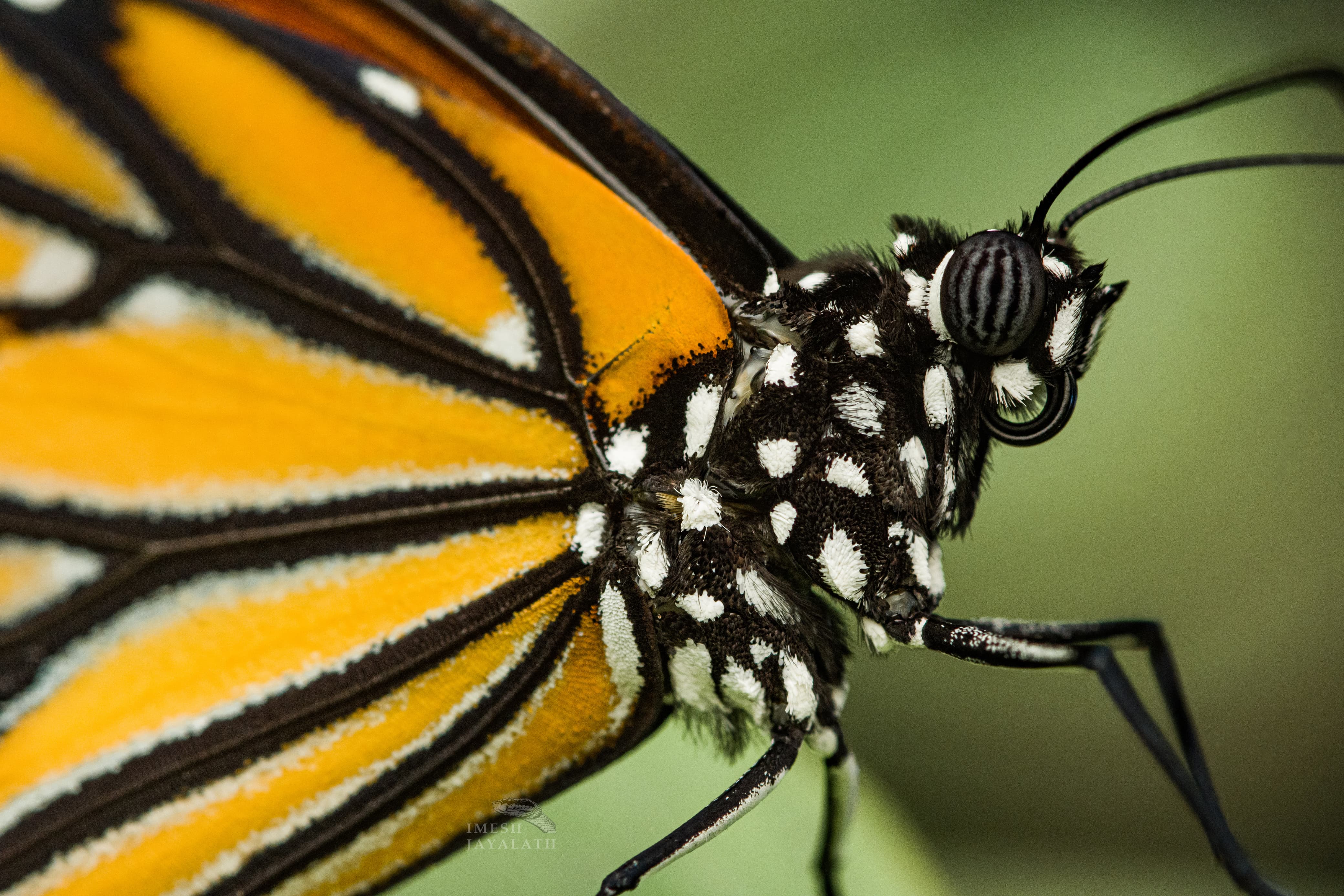
Contributor

Common Tiger
Danaus genutia, commonly known as the common tiger butterfly, is one of the most widespread butterflies in India, Sri lanka and belongs to the Danainae subfamily of the brush-footed butterflies. It is also referred to as the striped tiger to distinguish it from the plain tiger, Danaus chrysippus. First described by Pieter Cramer in 1779, the common tiger bears a striking resemblance to the monarch butterfly of the Americas. With a wingspan ranging from 70 to 95 millimeters, both male and female butterflies display tawny wings accented with broad black veins and black margins dotted with two rows of white spots. The male has a distinctive pouch on its hindwing and a prominent black-and-white spot on the underside. In drier regions, the tawny coloration may fade, making it appear similar to the white tiger butterfly (D. melanippus).

Common Tiger
The common tiger butterfly is found throughout India, Sri Lanka, Myanmar, Southeast Asia, and Australia, thriving in diverse habitats such as scrub jungles, deciduous forests, degraded hill slopes, and even urban gardens. It favors regions with moderate to heavy rainfall and is particularly abundant in South Asia. Although it is a strong flier, it does not fly rapidly or at great heights. Instead, it gracefully navigates its environment in search of nectar and host plants. The butterfly frequents gardens to feed on the nectar of various flowering plants, including Adelocaryum, Cosmos, Celosia, Lantana, and Zinnia. Its life cycle begins with eggs laid singly under leaves of host plants from the Asclepiadaceae family. The caterpillar, adorned with bluish-white and yellow stripes, feeds on these poisonous plants, accumulating toxins that render both the caterpillar and adult butterfly distasteful to predators.

Common Tiger
One of the most fascinating aspects of the common tiger butterfly is its defense mechanism against predators. By sequestering toxins from its host plants, it becomes unpalatable and emits an unpleasant odor. Additionally, its bright, contrasting colors serve as a warning signal to potential predators. This unpalatability is further enhanced by the butterfly's behavior of sipping pyrrolizidine alkaloids from specific plants, which it uses for chemical defense. As a result, the common tiger is mimicked by several other butterfly species, including the Indian Tamil lacewing and the leopard lacewing, as a survival strategy. These remarkable adaptations and behaviors make Danaus genutia a captivating species in the world of butterflies.